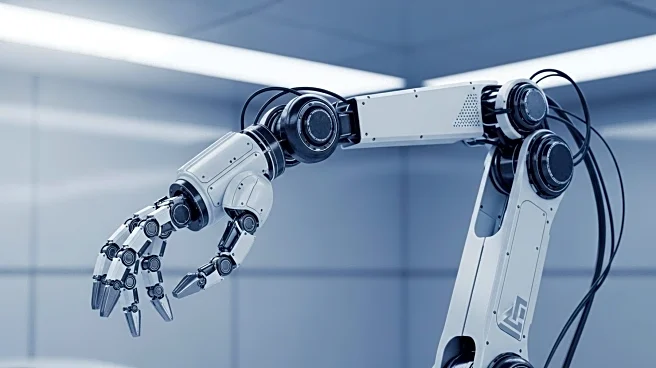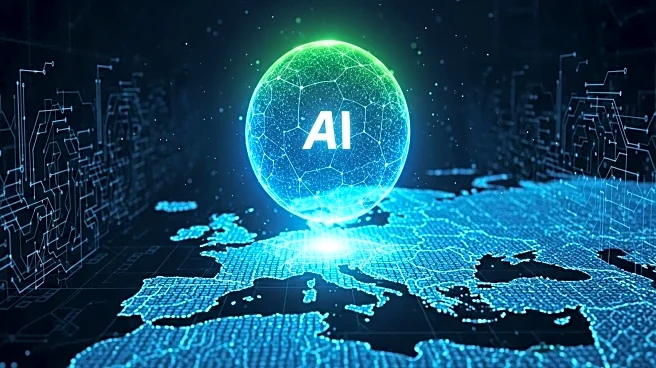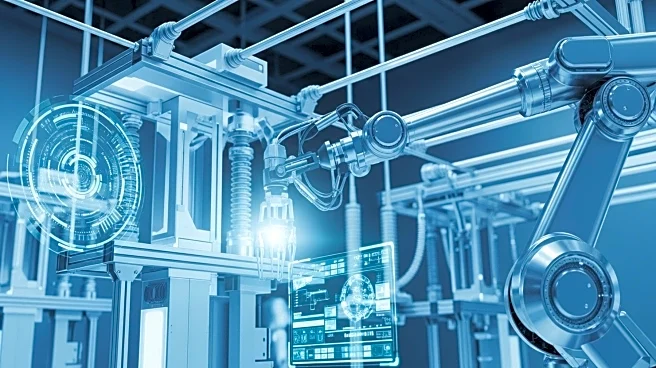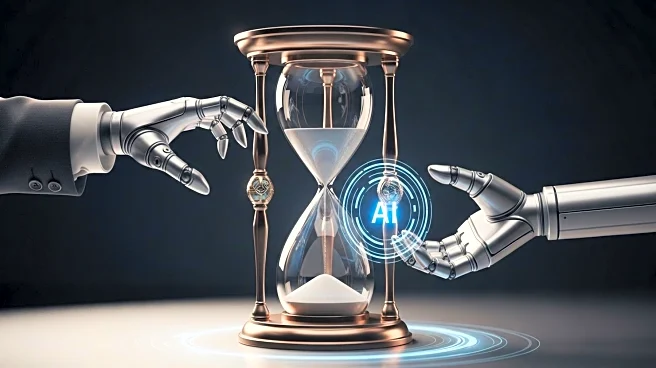What is the story about?
What's Happening?
The utility industry is confronting a significant workforce challenge as veteran lineworkers retire in large numbers, coinciding with the increasing reliance on digital tools such as AI-driven inspections and GIS dashboards. This skills gap is becoming evident in daily operations, affecting job sites and control rooms. Industry leaders are recognizing the urgency of upskilling existing workers to bridge this gap, with 85% of employers globally planning to prioritize workforce upskilling through 2030. The focus is on retaining the expertise of experienced workers while adapting to new technologies, ensuring the safety and reliability of the grid.
Why It's Important?
The retirement of veteran workers poses a risk not only of labor shortages but also the loss of institutional knowledge critical to efficient operations. This knowledge includes switching sequences at substations and workarounds for legacy system issues, which are often undocumented. The industry must capture this knowledge in structured formats to prevent reliability crises. Upskilling existing workers is a business necessity, as unfilled roles and delayed projects can lead to regulatory penalties and outages. Effective workforce development can enhance performance and retention, supporting grid modernization goals.
What's Next?
Utilities are encouraged to adopt strategies for knowledge digitization, such as video walkthroughs and systematic documentation of field lessons. Cross-generational training teams can bridge the technological divide between seasoned workers and digital-native recruits, fostering mutual respect and accelerating the adoption of digital tools. Leadership must prioritize multigenerational collaboration and ensure that technology implementations are designed with field crews in mind, maintaining frontline credibility and operational discipline.
Beyond the Headlines
The challenge of managing a multigenerational workforce requires intentional leadership to leverage diversity as a strength rather than a source of tension. Younger employees may be more adept with digital platforms but lack hands-on experience, while older workers bring valuable judgment but may be skeptical of new systems. Effective collaboration can enhance safety, reliability, and reduce rework, aligning all team members towards common goals.
AI Generated Content
Do you find this article useful?













